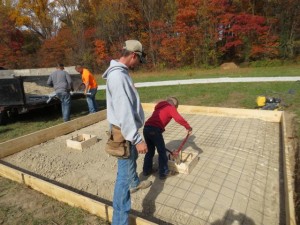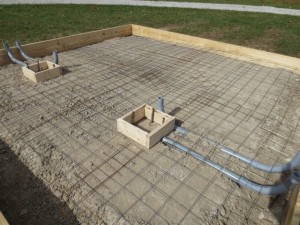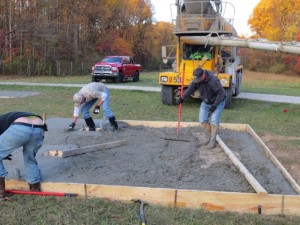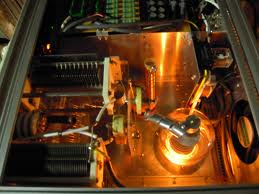Indiana weather does not offer an abundance of clear nights for observing or astrophotography. However, last winter we had a lot of clear nights, but the time to setup and teardown my astrophotography setup kept my wife and I from taking advantage of most of them. We found it really hard to get motivated to setup and teardown our gear with snow on the ground and frigid temperatures.
As our frustration grew, we decided we should build a “simple” observatory. Our initial plan was to construct a small concrete pad with a permanent pier; which could be covered with a small garden shed which could be rolled over the pier to protect the telescope and mount. Of course, as our planning progressed, the scale of our “simple” observatory began to expand! After nearly 9 months of planning we decided to build a medium sized roll-off-roof observatory.
We settled on a 15′ x 15′ Roll-off-Roof design with two piers and an area to setup a third telescope inside the observatory. One of the piers will be dedicated to astrophotography and the other will be used for visual astronomy. The advantage of an observatory is that anytime there are clear night skies it is easy to open the observatory and begin observing; eliminating most of the long setup time. The elimination of 3 hours of setup and teardown will substantially increase our motivation to take advantage of the clear and cold winter skies.
Construction started in early November. The pad forms were constructed the day before the concrete pour. The pad included two cutouts where the piers will be installed.
Conduit was added to handle the electrical and data cables that will be needed at each pier.
On the following day It was time to pour the concrete. After watching this expert crew work I was relieved that I hadn’t tried to do this myself. Watching their choreographed ballet I was impressed with their skill and organization. Things were happening so fast that there was no time to stop and decide who was to do each job or discuss how something was to be done.
Here is a photo of my wife admiring the completed pad.
Check back in soon to see the observatory construction begin.
Fred






